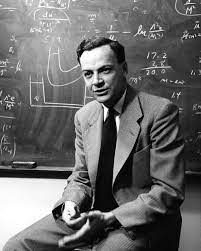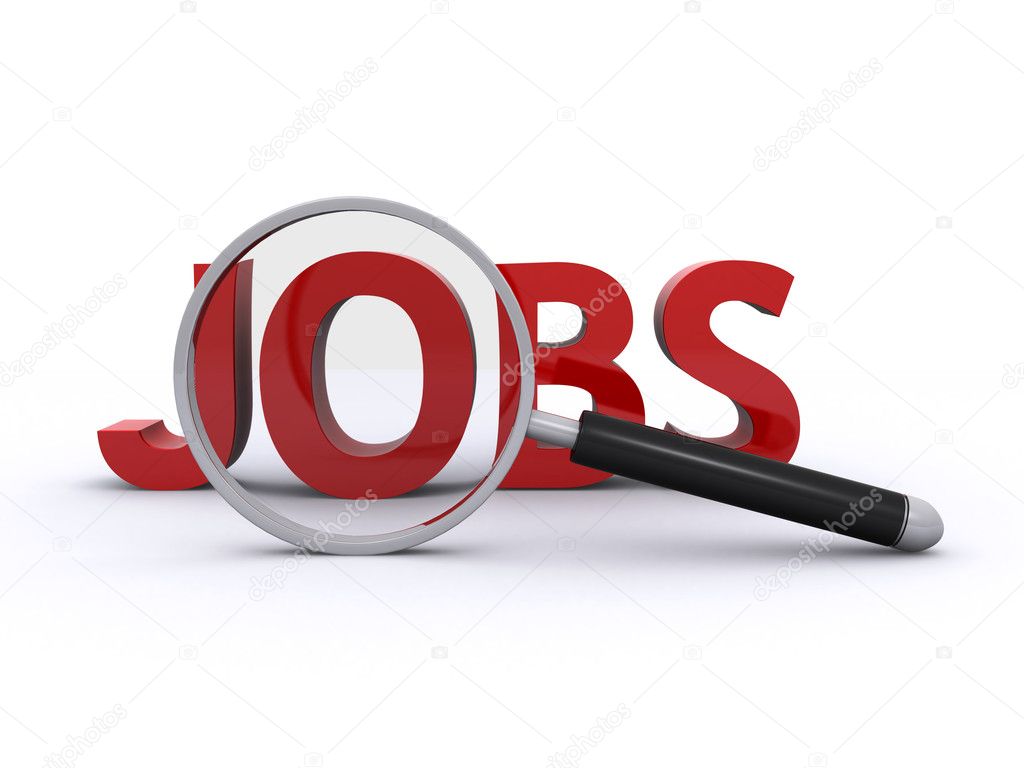High-Temperature Superconductors (HTS) can be superconducting in liquid nitrogen (77 K), holding immense promises for our future. They can enable disruptive technologies such as nuclear fusion, lossless power transmission, devices for cancer treatment and technologies for future transportation. Despite all the potential benefits and successful demonstrators of numerous HTS technologies, the penetration in the market of this alluring material is hindered by technological complexities, acceptance and costs.
To tackle all of these challenges and to bring superconducting applications closer to a commercial reality, a diverse network of experts in academia and industry – from over 20 countries across Europe and beyond – have been brought together through this four-year COST Action network, Hi-SCALE (High-Temperature SuperConductivity for AcceLerating the Energy Transition).
The focus of the Action are technologies that can contribute to the energy transition (i.e., decarbonising the energy sector by the second half of this century). We aim at developing systematic approaches to create pathways between materials research and real-world devices and foster improved modelling and advanced computation paradigms. Methodologies and demonstrators will be provided to address industrial challenges and applications, as well as tools for the economic and sustainability assessment of HTS technologies. These aims are to be achieved through four strongly-interrelated Working Groups (WG):
- WG1 – From materials to devices (contact dr.harold.ruiz@leicester.ac.uk)
- WG2 – Improved modelling and computation (contact nicolo.riva@epfl.ch)
- WG3 – Industrial challenges and applications (contact markus.bauer2@thyssenkrupp.com)
- WG4 – Economy life cycle and assessment (contact manuel.baumann@kit.edu
Latest News
- Recently, WG4 has reported about their activities on sustainability aspects related to HTS technologies by the collection and provision of available techno-economic and LCA analysis studies. They aim at demonstrating the long-term gains achieved with HTS technologies and the identification of opportunities, challenges and gaps related to sustainability;
- Recently, members of the WG2 (led by Prof. Min Zhang and Prof. Francesco Grilli) worked on improving a special formulation (known as T-A formulation) of Maxwell’s equations commonly used to model superconductors by using the finite-elements method (FEM). This work led to a review paper on the T-A formulation, to the development of the so-called “coupled-at-ends T-A”, and to its application to model coils with complex shapes (saddle and stellarator coils);
- On April 2022, Prof. Francesco Grilli visited the ENEA labs where he started a collaboration with Dr. Gianluca De Marzi aiming at simulating cables for fusion. For this purpose, a comparison of different formulations has been started. The collaboration between ENEA and KIT is currently underway, and a visit of Dr. De Marzi at KIT is scheduled for July 2022;
- During the second week of June (5-10) the 3rd International School on Numerical Modelling for Applied Superconductivity took place in Saas-Fee (Switzerland). Over 35 students came from all over the world to participate at this event, where they learned about numerical modelling techniques for different physical aspects of superconducting applications;
- During the third week of June (22-23) the 8th edition of the International Workshop on Numerical Modelling of High Temperature Superconductors took place in Nancy (France). Over 50 participants were present at the event;
Workshops and Conferences
- A session devoted to “Superconducting Micro- and Nano-Devices” (SMND) will be held at the International Micro and Nano Engineering (MNE) Conference, Leuven (Belgium) from 19 to 23 September 2022. The session is tentatively planned for Thursday, September 22th, 2022;
- The Cryogenics and Superconductivity School will be held at the University of Twente, organised in the frame of a chain of summer schools with variable topics. The school is focused on applications and will include a lot of hands-on experience. Advertisement and the program: https://www.utwente.nl/en/summer-school-curiousu/summer-course/applied-cryogenics-superconductivity/#course-schedule. The school is mostly intended for MSc and early PhD students;
Personal Stories
Meet Prof João MURTA-PINA (our Action Chair) and Dr Wenjuan Song (one of our members, who recently became Lecturer at University of Glasgow)!
Curious to know what got them into superconductivity? What is their biggest achievement? Why did they join (and lead!) this COST Action? Read more at this link!
Would you like to tell your story? Are you a Young Professional with an inspiring story to spred? Contact us at hi.scale@hi-scale.eu!
Supercuriosity #1
Did you know that although Richard Feynman only authored one published paper on the theoretical explanation of superconductivity, he worked prodigiously on the problem through much of the 1950s? His competitors (yes, you guess them right: Bardeen, Cooper, and Schrieffer) – fully expected that he would be the one to crack the problem. It did not work out that way! Feynman during an interview once said:
“[…] and so I never published anything. But I have done an enormous amount of work on it. There’s a big vacuum at that time, which is my attempt to solve the superconductivity problem – which I failed to do.”
David and Judith Goodstein. Richard Feynman and the History of Superconductivity.



